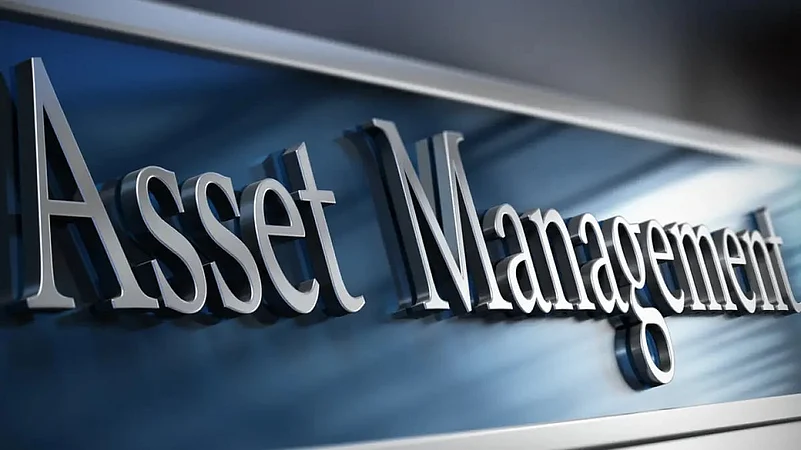Regulatory safeguards coupled with robust capital buffers provide Indian banks with a better cover against banking meltdowns observed recently in the US, says an Axis AMC study.
Major US banks, such as Silicon Valley and Signature, and Europe’s Credit Suisse have recently reported record losses, triggering concerns about an imminent crisis in the banking system. The failure was attributed to poor regulatory oversight, dwindling deposits, and balance-sheet issues.
The Axis AMC study further observes that these banks have “reported financials above the traditional comfort thresholds”, and the lack of trust accelerated deposit outflows.
On the other hand, it said India has robust asset liability management (ALM) guidelines, strong regulatory frameworks, and government guarantees that will prevent such a crisis.
Moreover, Indian banks and financial institutions have significant capital buffers and provision coverage ratios to tide over the liquidity issues.
It said India is better insulated from such global events as its exposure to asset-backed securities is limited, and the fact that its financial market isn’t as “mature” as in the developed world helps. But conversely, these factors might be disadvantageous for developed economies sometimes, and consequently, they face higher risks of downturns.
Indian Scenario
Robust Deposits Provide Comfort: The Indian Banking system has been largely insulated from global volatility with consistent deposit inflows, says the study. Moreover, Indian banks have become stronger since the cycle of non-performing assets (NPAs) in the past decade.
NPAs have fallen from 11.5 per cent to 5 per cent currently. Regulatory tightening has also helped improve liquidity parameters, and the liquidity coverage ratios (LCRs) are now at 140 per cent versus 125 per cent five years ago.
Further, developing economies are also insulated from global economic downturns due to the global delinking brought on by the Covid lockdowns. “This is evident from cross-national data (China had entered a COVID-induced slowdown in H1 2022 when other economies like the UK and India showed strong growth),” the report said.
“Mark-to-market risk on bank balance sheets has also come into focus, given it was the catalyst for SVB and the policy rate hike cycles underway globally,” the Axis AMC said. Mark-to-market (MTM) measures the fair value of accounts that fluctuate over time, such as assets and liabilities. It provides a realistic assessment of an institution or a company’s financial position based on market conditions.
For instance, Indian banks hold about 24 per cent of their assets in government bonds, mainly due to mandated regulatory reserve requirements.













